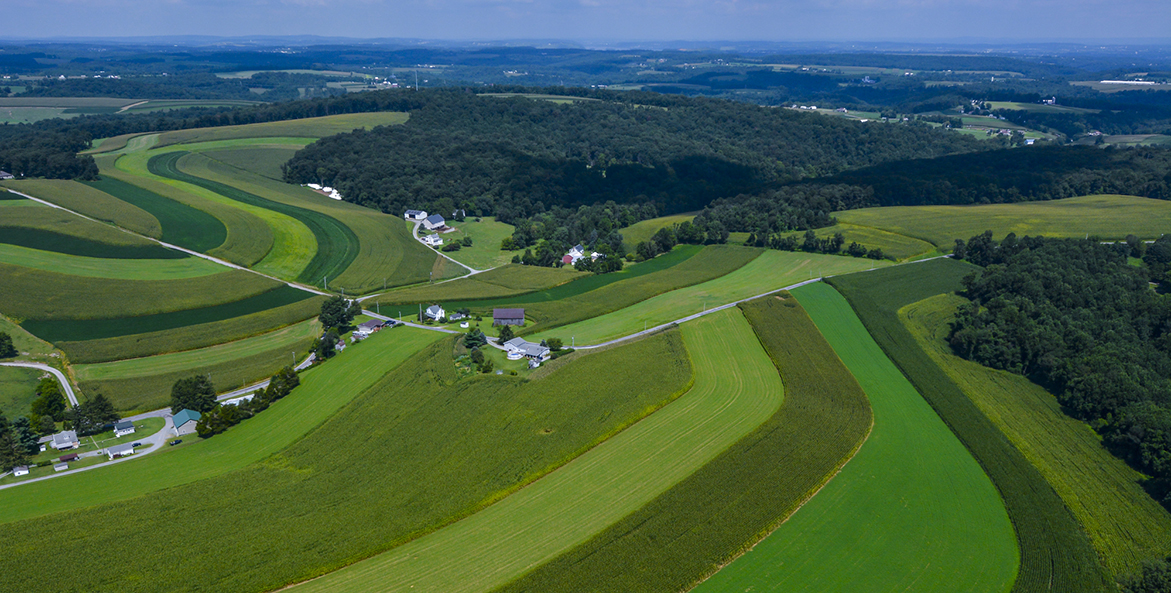This op-ed originally ran in the Pocono Record and Morning Ag Clips.
The Chesapeake Bay Foundation (CBF) is suing the federal Environmental Protection Agency (EPA) to enforce the Clean Water Act and restore water quality in Pennsylvania’s rivers and streams, as well as the Chesapeake Bay.
If we are to have the clean rivers and streams that is our right, it will take renewed and sincere efforts by state and federal legislators to provide the resources, continued determination by boots on the ground to make it happen, and oversight to guide and take corrective action when required.
The number of miles of Commonwealth rivers and streams that do not meet water quality standards has reached more than 25,000 miles. That is 5,500 more than four years ago.
As the source of half of the freshwater that flows into the Bay, Pennsylvania can do better.
Our state has missed many pollution-reduction milestones along the way and the newest plan comes up short in reaching its 2025 Clean Water Blueprint goal.
The Keystone State’s Phase 3 Watershed Implementation Plan will achieve roughly 73 percent of its 31 million-pound nitrogen-reduction commitment and is underfunded by more than $300 million a year.
It does not have to be this way.
With the 2025 deadline fast approaching, EPA is refusing to use its Clean Water Act authorities to ensure Bay states design and implement plans to meet their clean water goals. Pennsylvania and New York have not lived up to their clean water commitments and EPA needs to do its job to hold them accountable.
Litigation filed by CBF and partners, and a separate filing by the Attorneys General in Maryland, Virginia, Delaware, and the District of Columbia are last-ditch efforts to get EPA to force Pennsylvania and New York to change course.
How might we Pennsylvanians benefit if legal action moves EPA to hold our Commonwealth accountable?
- Resources. Securing technical and financial resources is vital to support thousands of farmers who want their legacies to include taking care of the land but who cannot afford to do it on their own. It is about communities, conservationists, and outdoor enthusiasts working diligently day in and day out to restore and protect the land and water resources they cherish and need for survival.
- Economy. Investments in clean water support a myriad of engineers/scientists/planners, suppliers, and others that can sustain and generate local jobs for local economies. By helping to design and implement conservation practices that keep soils and nutrients on the ground instead of in the water, farmers can expect healthier, even more productive, soils and livestock.
- Heritage. Pennsylvania has a rich and robust outdoor culture. This is a beautiful place. By restoring and protecting the places wildlife call home, in our rivers and streams and on the land, we are helping to ensure future generations can enjoy time-honored traditions.
- Health and well-being. Clean water investments will help reduce nuisance flooding, which plagues many of our communities. They improve and protect the sources of drinking water residents rely on and help beautify communities. All of this has a positive impact on the health and well-being of our families and communities.
The goal of these lawsuits is to compel EPA to do its job, so our state and federal legislators will be better at doing theirs.
Regardless of the litigation’s outcome, as Pennsylvanians we have our own responsibilities to make this watershed moment truly matter. We need to do our part to reduce our own pollution footprint and hold accountable those who can make the big decisions.
Our leaders in Harrisburg are entering a challenging budget season with the unenviable task of closing a budget gap that has climbed into the billions of dollars.
In this season and all going forward, we should remind those elected to serve us and who may have forgotten, that clean water counts in Pennsylvania.
Shannon Gority, CBF's Pennsylvania Executive Director
Issues in this Post
Chesapeake Clean Water Blueprint Agriculture Chesapeake Clean Water Blueprint Runoff Pollution Water Quality



